The cult of a healthy lifestyle is gaining momentum. People are increasingly wary of potentially dangerous foods. GMO decoding indicated on the packaging causes fear and doubt. Let's see if such products are really so harmful? And how often we find GMOs in the usual diet.
Material Content:
- 1 Decoding abbreviations and what it is
- 2 What does genetic engineering offer?
- 3 GMO - decoding on food
- 4 Genetically Modified Organisms: Examples
- 5 GMOs in food and their impact on human health
- 6 The difference between these products from genetically modified
- 7 GMO products in Russia: list
- 8 GOST for the presence of GMOs
Decoding abbreviations and what it is
GMO (GMO) - a genetically modified organism. This is an animal, plant or bacterium whose genome has been modified using genetic engineering technologies. Those. these changes are not natural and could never have occurred in wildlife.

In fact, everything is as follows. Scientists isolate a gene or piece of DNA from the genome of a specific organism. This gene is responsible for the qualities that you want to assign to another organism.
The nucleotide sequence (gene) is cut from the donor DNA and transferred to the so-called vector ribonucleic acid or DNA, which will be integrated into the recipient genome. To perform these manipulations, enzymes are used that break and glue DNA chains. As well as various catalysts that accelerate the reaction.
After modification, organisms are selected whose genome changes are successfully fixed.

The purpose of the modification is to assign to the new organism desirable, necessarily positive properties.For example, engineering tries to grow plants that are resistant to pests, diseases, or herbicides.
Genetically modified food is any food that contains genetically modified organisms (GMOs) or components that have been made using GMOs. It is not considered modified, for example, meat of animals that were fed GMO plants.
From the presented definitions, it becomes clear what GMOs are.
What does genetic engineering offer?
Genetic engineering makes it possible to significantly expand the habitat of agricultural plants and animals. She tries to get organisms that are more resistant to the negative effects of the external environment.
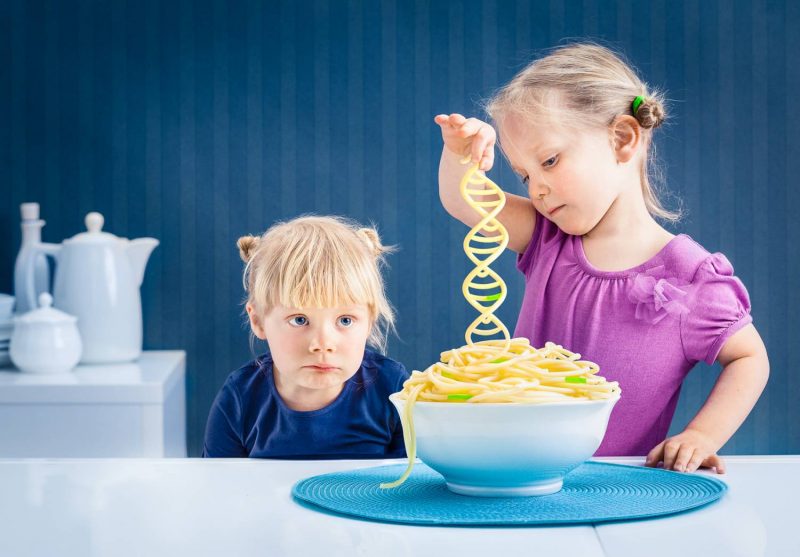
For example, pigs have now been bred, which are much less likely to be infected by African plague. Widespread potato resistant to the Colorado potato beetle. Crop lines are being tested less affected by drought, frost, fungi and viruses.
The goal of genetic engineering is to increase the area of sowing and breeding plants and animals where it is difficult to do in vivo, using conventional breeding and crossbreeding technologies. Initially, the task was set - to feed all the hungry and provide humanity with enough food.
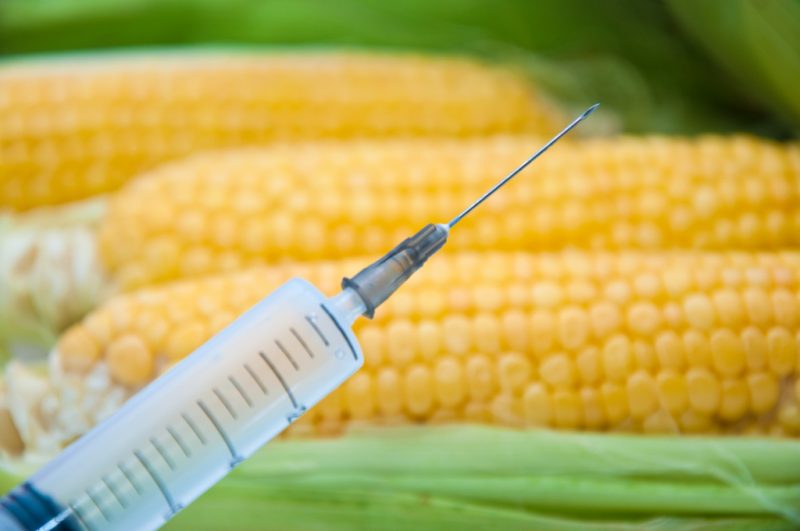
Genetic engineering has now expanded. With its help, methods of treating Alzheimer's disease, cancer, genetic pathologies are being studied. Scientists are also trying to synthesize new drugs using GMO plants and bacteria.
For example, by embedding a specific gene in the DNA of a bacterium, scientists force the microorganism to synthesize human insulin. These manipulations allow you to get a cleaner substance than insulin released from the blood, and therefore reduce the likelihood of infection.
GMO - decoding on food
If the product is labeled as GMO, it means that it contains modified organisms. Those. any of its components has been modified by genetic engineering.
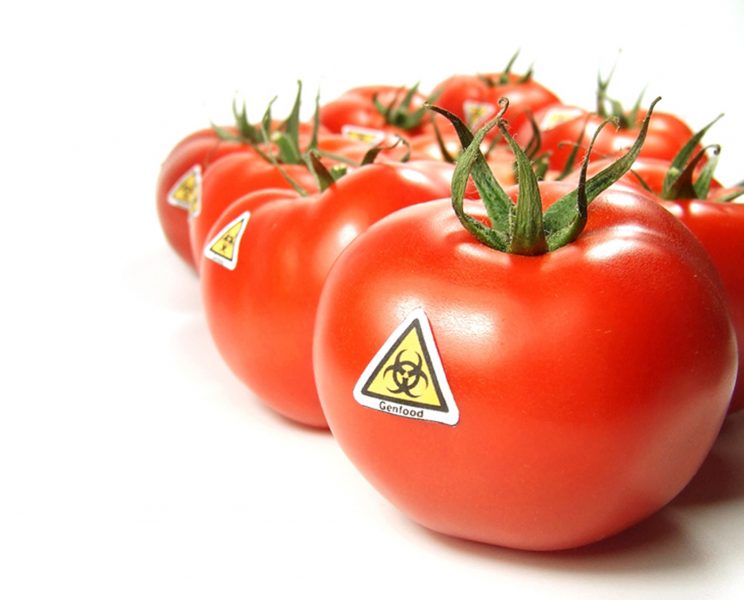
Sausage with the addition of GMO soy is considered modified. But the meat obtained from cows that eat modified plants is not.
Genetically Modified Organisms: Examples
Currently, technology has gone a long way. With the help of genetic engineering, new lines of bacteria, plants, and even animals are already being obtained.
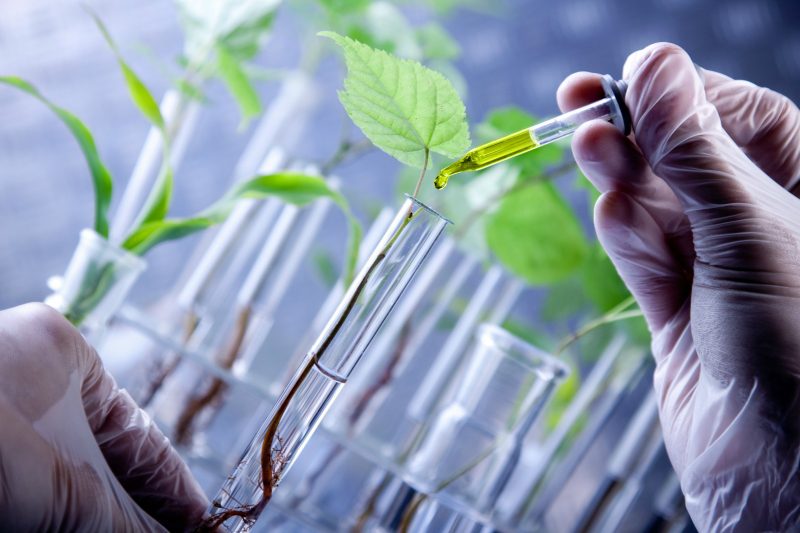
For the medical industry, a modified safflower (plant of the aster family) was bred from which proinsulin began to be obtained. Milk GMO-goats are allowed to produce drugs for thrombosis.
Tests are underway to grow wood species with a high content of cellulose, which also have enhanced growth. In 2015, permission was granted in Canada to breed modified salmon. Its difference is that it is much larger than ordinary fish living in the same conditions.
In 2009, purple GMO roses went on sale. And in 2003, the GMO-pet was first shown to the world. They were Danio rerio fluorescent aquarium fish.
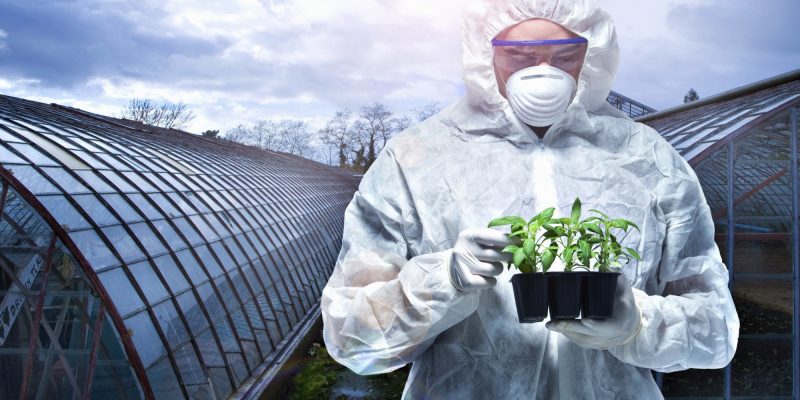
It is worth mentioning that modified organisms cannot reproduce naturally. Hereditary lines are obtained from plants, and animals are bred by cloning.
This is the problem of the spread of such practices. In order to spread the changed crops around the planet, you need to constantly replenish the fund of modified seeds. Thus, the industry is completely dependent on genetic engineering technologies.
GMOs in food and their impact on human health
The impact of GMO products on human health is clearly impossible to evaluate. Any research in this area is paid by companies that are profitable to sell such products.
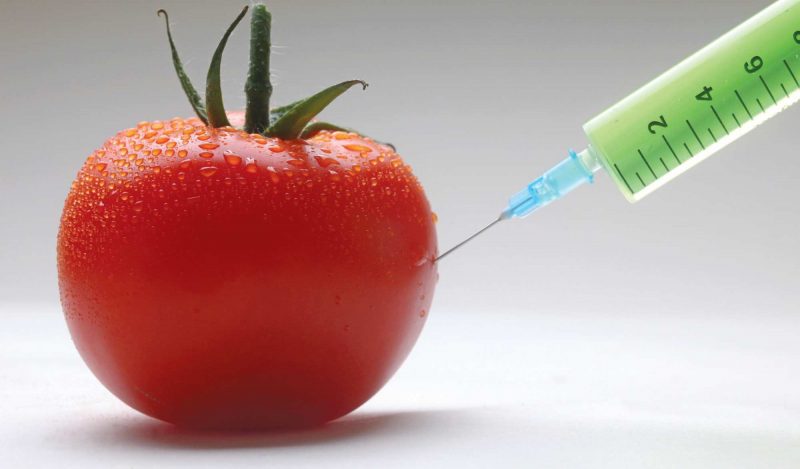
Every five-year period, results confirming the dangers of GMO products are published.And simultaneously with this data, information is published that refutes the information received.
There is only confirmed evidence that, for example, in the fields where GMO soybeans were cultivated, no other non-GMO varieties of the same plant can grow. These fields are treated with a large number of herbicides that destroy weeds. After which all other plants in that place do not take root.
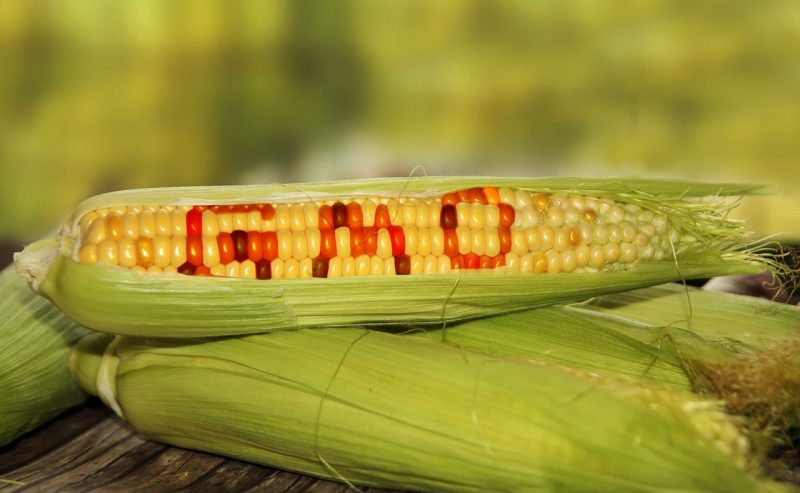
GMO soy is resistant to this treatment, it does not die under the influence of a chemical, which allows it to be added in increased doses. At the same time, it is proved that this resistance is due to the fact that the herbicide binds, and, therefore, is deposited in parts of the plant. Thus, GMO soy is able to accumulate a greater amount of chemicals, in comparison with conventional varieties.
The glyphosphate used for soybean processing was once included in the list of carcinogens, but then excluded, since experiments have shown that it does not affect the genome. However, the same substance can cause serious eye diseases.
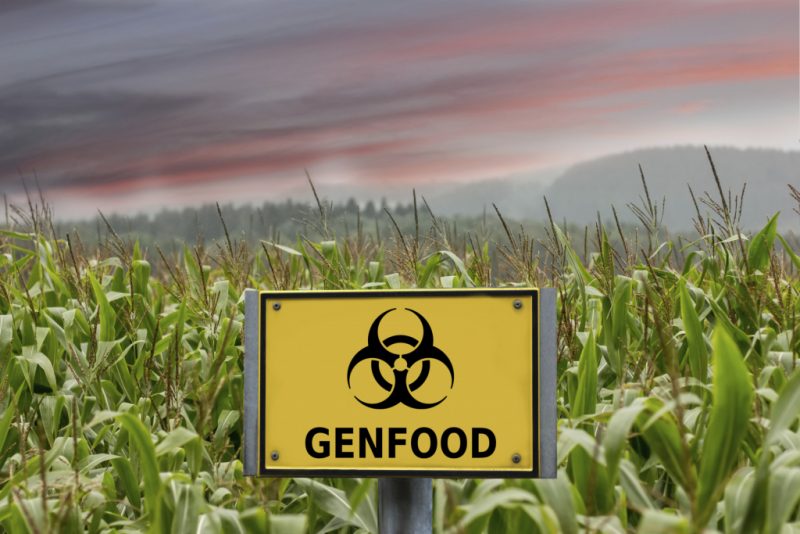
The conclusion, voiced by WHO, based on 25 years of monitoring the use of GMO products, says that they are no less dangerous than ordinary plants and animals obtained as a result of selection.
One thing can be said, it’s not the altered genes themselves that are dangerous, but how they behave in the new organism.
Using soya as an example, it becomes clear that with the addition of positive qualities, those that can have a negative effect also appear. And not all of them are currently open and studied.
Any food that enters our stomach decomposes under the influence of juice on sugars, nucleotides, fatty acids and triglycerides. GMO itself is not dangerous. But those substances that he accumulates in himself in the process of life can be dangerous.
Read also: triglycerides are elevated - what does it mean
The difference between these products from genetically modified
Find out what the product is actually made of, is impossible without appropriate labeling.
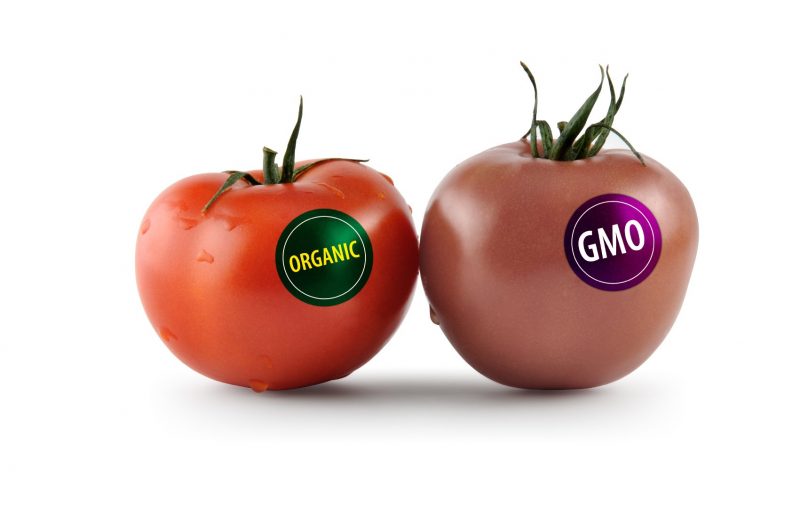
Modified plants and animals may differ in appearance:
- they are larger;
- have better taste properties, due, for example, to a higher sugar content;
- differ in more characteristic coloring;
- look healthier due to resistance to diseases and pests.
In a revised form, GMO will in no way betray itself. The same larger and more even tomatoes or potatoes can be grown using growth stimulants and chemicals.
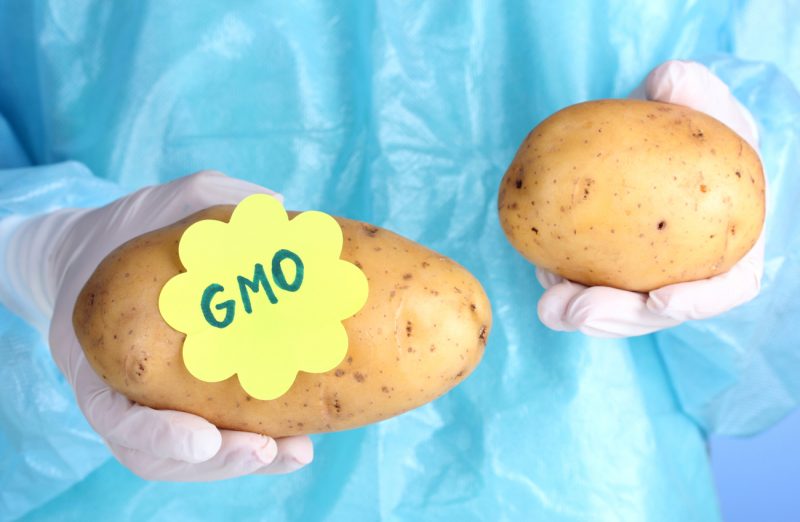
That is why the idea of labeling such products is constantly being promoted at the legislative level. Only labeling will give people the opportunity to choose between GMOs and GMO-free foods.
GMO products in Russia: list
In Russia, the cultivation and processing of modified soybeans, rice, corn, potatoes and sugar beets is officially permitted.
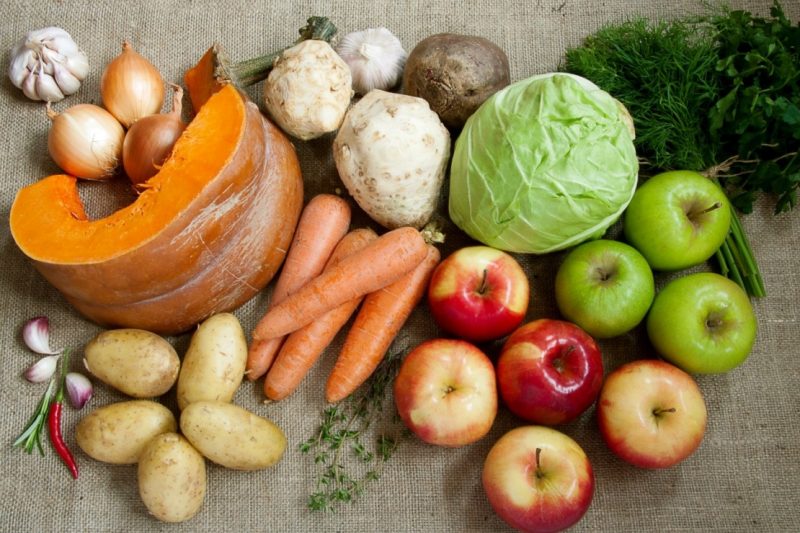
According to the recognition of the companies that produce food products themselves, the following list of GMO foods is available on our shelves:
- among chocolate brands Ferrero, Nestle, Cedbury, M&M, Milka and the entire line of Mars products;
- from cocoa drinks and coffee brands Kedbury, Nestle, Brooke Bond, Conversation, Lipton, Nesquik, Kraft Food;
- all drinks of Coca-Cola and Pepsi;
- most breakfast cereals and cereals;
- cookies Tobleron, Kit-Kat, Anniversary;
- Campbell's canned soups;
- rice Ankle Bens;
- sauces and dressings for soups Galina blanca, Heitz, Knorr, Baltimore, Maggi, Calve, Ryaba;
- meat products and sausages of the Cherkizovsky oil refinery, Talosto, Klinsky combine, plants Bogatyr, Daria, KompoMos, Tagansky;
- baby food Similak, Uniliver, Hipp, Nestle, Kraft;
- canned food Bonduelle;
- dairy products Danone, Ehrmann, Campina;
- margarines and spreads Pyshka, Delmi;
- ice cream Algida;
- potato chips Laze, Pringles, Russian Potato.
In fact, this list may be longer, because with the prevailing opinion about GMOs, not all manufacturers want to reveal the truth, risking their reputation.
GOST for the presence of GMOs
Currently, Russia has several standards: GOST R 53244-2008 and GOST R 57022-2016.The first determines the order of laboratory research to identify GMOs in foods. The second defines a list of activities for certification of organic food.
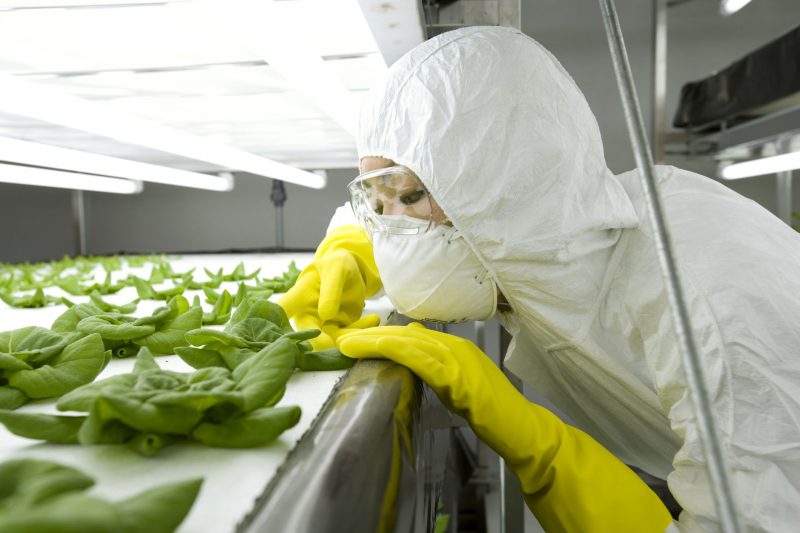
Simply put, in our country there is not a single effective standard governing the circulation of GMO products or regulations requiring manufacturers to label such foods. There are methods of determination, there are methods of certification, but there is no obligation to determine and conduct such certification.
Foreign manufacturers supplying raw materials to our country very often use GMO components. The circulation of such products in Russia is not prohibited, and the production of food from such raw materials is also prohibited. It is obvious that GMO components are cheaper because they have a higher yield, resistance to climatic and biological spoilage, and low incidence.

The only guarantee that you eat a product without GMOs may be the inscription on the package on compliance with GOST R 57022-2016. This record means that the manufacturer has passed voluntary certification and proved that his product is organic, i.e. produced without the use of chemical stimulants and additives.
As if the supporters of genetic engineering did not come out in defense of it, it is worth recognizing that such a technology is still, by and large, an experiment on nature and all of humanity. What the experiment will end until no one can predict.












